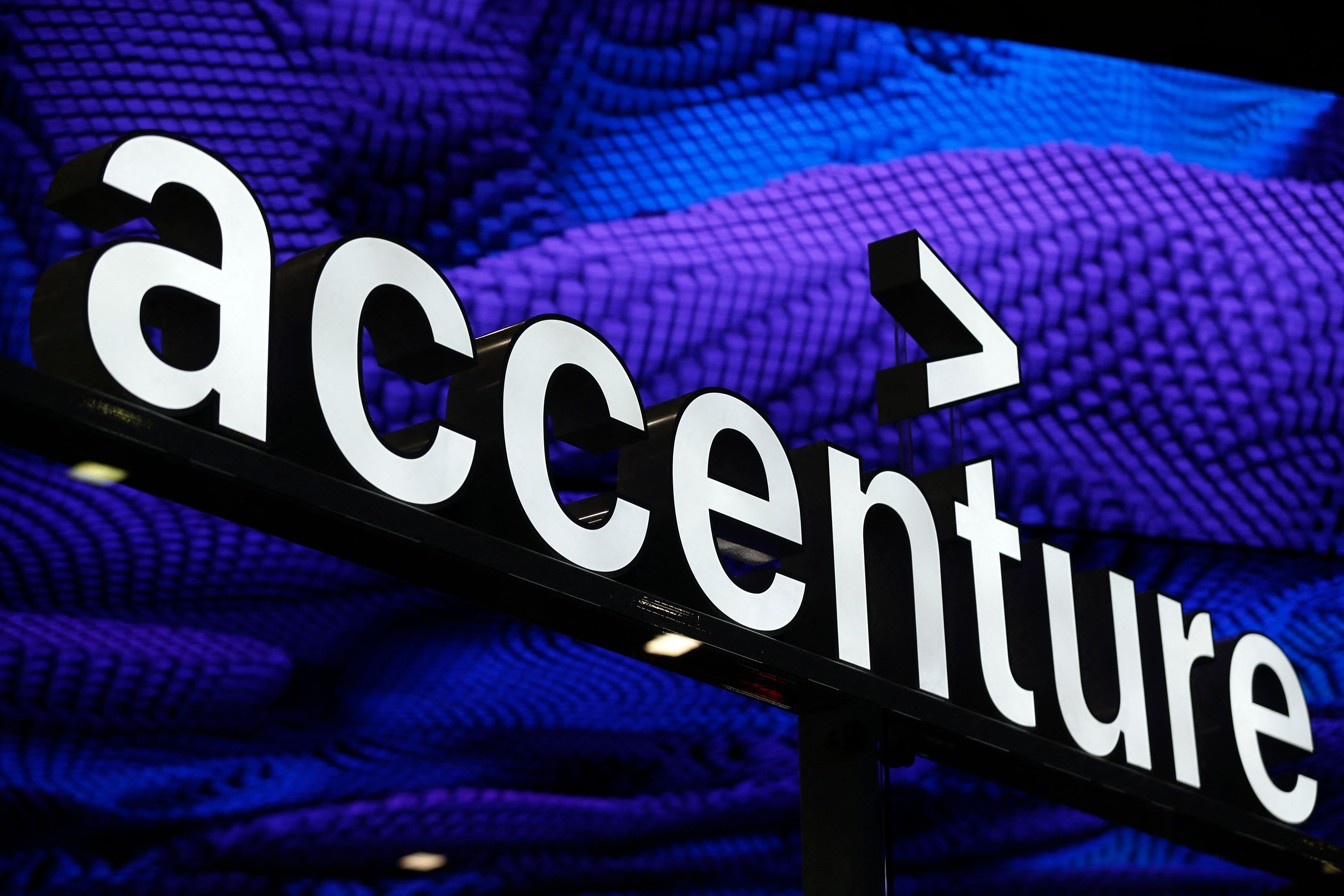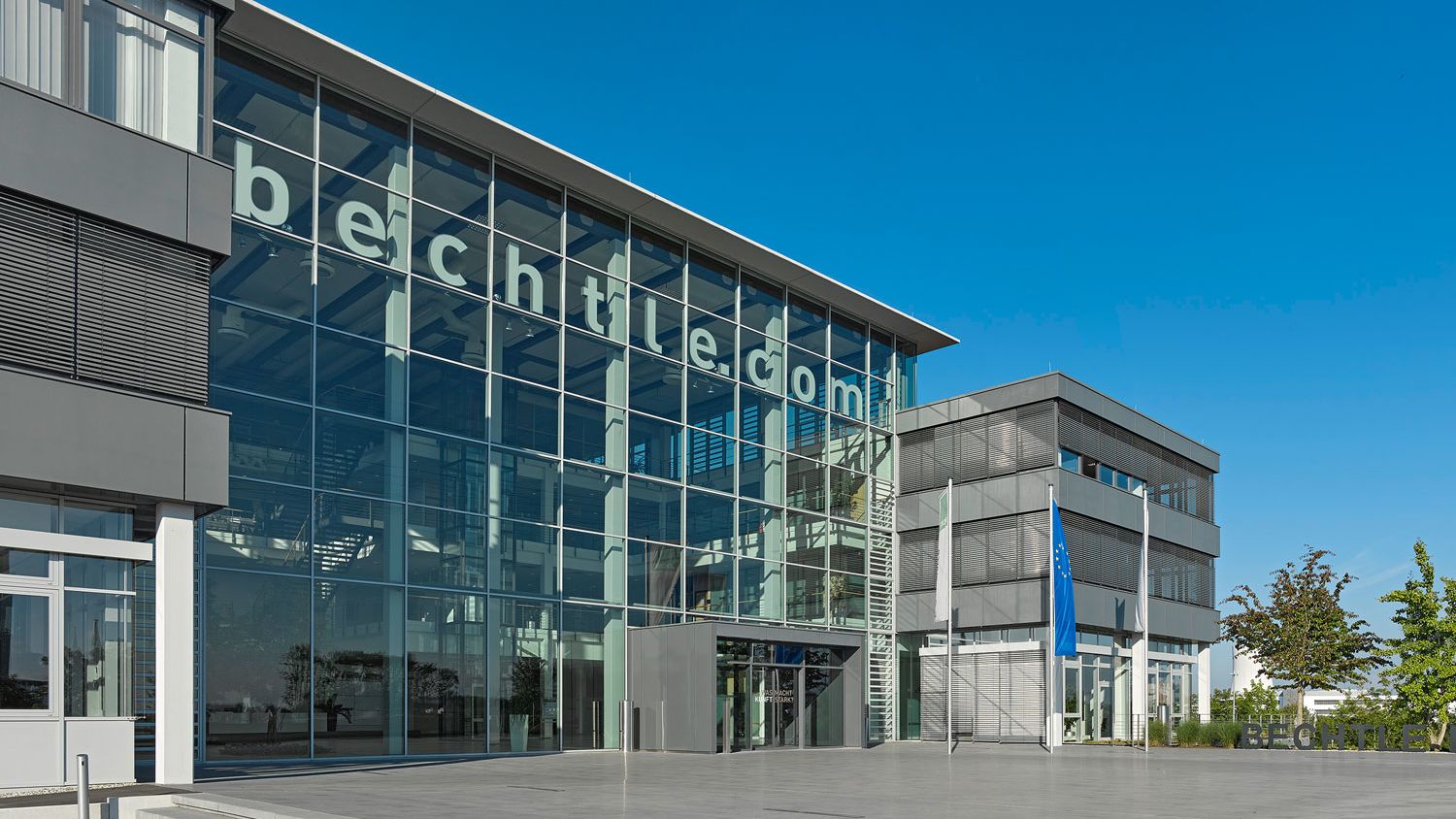Why should VARs consider becoming MSPs?
The managed service model offers an opportunity for new revenues


With fierce price competitions, a crowded marketplace and their core services becoming more and more commoditised, the market is becoming increasingly difficult for value-added resellers (VARs). And demand for hardware and software is growing, profit margins have become razor-thin.
As demand for hardware and software grows while profit margins become razor-thin, VARs need new ways to diversify their value propositions and service offerings, and generate sources of recurring revenue. Doing this will increase the value delivered to new customers, as well as existing ones.
For value-added resellers, exploring a transition to the managed services business may be the best answer.
The managed service provider (MSP) business model offers more than just a higher business valuation from new sources of recurring revenue. It also helps build stronger relationships with customers as a trusted IT advisor, as opposed to as a vendor.
MSPs generate recurring revenue by serving as their customers’ outsourced IT department, either meeting all of their daily IT needs or supplementing their internal resources. Rather than just offering services and hardware, MSPs assume responsibility for a customer’s entire IT environment.
But why do businesses need an MSP? No business, no matter the size, wants to focus on managing the multitude of devices, systems and networks they rely on every day—they want to focus on serving their customers. Having a trusted service provider that can deliver solutions to help them handle the increasing complexity of their IT and business systems allows them to spend their time doing.
Between the need for seamless connectivity between IP-enabled devices and mission-critical networks and the skyrocketing adoption rate of mobile devices in the workplace (the market is set to hit $366.95 billion by 2022), among other challenges, businesses are increasingly turning to MSPs for solutions.
ChannelPro Newsletter
Stay up to date with the latest Channel industry news and analysis with our twice-weekly newsletter
VARs need solid business plans and transformation strategies to make the transition to the MSP business model. There are a few very specific questions related to the sales, marketing and business strategy that will need to be addressed, including clearly defining the service model, how to transition processes to ensure optimum business efficiency and assessing the profitability of current contracts.
A variety of other elements will need to be considered and put in place as well, such as an effective back-end network operations centre, helpdesk support services and a remote monitoring and management (RMM) automation platform.
Executing these alongside a flexible licensing model is the key to a successful transformation into an MSP that can deliver a wide range of services to customers with diverse IT needs.
Esther is a freelance media analyst, podcaster, and one-third of Media Voices. She has previously worked as a content marketing lead for Dennis Publishing and the Media Briefing. She writes frequently on topics such as subscriptions and tech developments for industry sites such as Digital Content Next and What’s New in Publishing. She is co-founder of the Publisher Podcast Awards and Publisher Podcast Summit; the first conference and awards dedicated to celebrating and elevating publisher podcasts.
-
 AMD names new VAR and SI commercial sales chief for EMEA
AMD names new VAR and SI commercial sales chief for EMEANews James Blackman is tasked with building a robust channel community in the region
By Daniel Todd
-
 Accenture expands cloud transformation capabilities with Objectivity acquisition
Accenture expands cloud transformation capabilities with Objectivity acquisitionNews The platform engineering MSP will help Accenture’s European customers leverage “more open and adaptable platform models and services”
By Daniel Todd
-
 Pax8 names SaaS veteran David Powell as new sales strategy chief
Pax8 names SaaS veteran David Powell as new sales strategy chiefNews The former Evo Security executive will work with MSPs to help strengthen their cyber security offerings
By Daniel Todd
-
 Bechtle snaps up Tangible Benefit to expand UK market presence
Bechtle snaps up Tangible Benefit to expand UK market presenceNews German reseller announces its second UK buy in four months as it steams ahead with its international acquisition strategy
By Daniel Todd
-
 Babble acquires award-winning Microsoft CSP TechQuarters
Babble acquires award-winning Microsoft CSP TechQuartersNews Cloud communications provider fends off competition from 20 other bidders to bolster its Microsoft capabilities
By Daniel Todd
-
 Trustmarque hires NTT Data’s UK lead as its new CEO
Trustmarque hires NTT Data’s UK lead as its new CEONews Simon Williams will lead the IT solutions and services provider into its next phase of growth
By Daniel Todd
-
 Wavenet set to acquire AdEPT for £50.3 million
Wavenet set to acquire AdEPT for £50.3 millionNews The combined business will become one of the UK’s largest managed service providers with revenues exceeding £200 million
By Daniel Todd
-
 TD Synnex launches free security self-assessments for VMware partners
TD Synnex launches free security self-assessments for VMware partnersNews Partners can now offer clients three specially-designed surveys, worth tens of thousands, to help drive new business potential
By Daniel Todd

